News
News
FCC feasibility study comes into focus
CERN’s fastest-growing collaboration is crystallising an ambitious proposal to tackle the big questions at the heart of particle physics
UNOSAT at CERN: Satellite mapping for the good of humanity
A look back at 20 years of hosting UNOSAT, the newly recognised United Nations Satellite Centre
Primary schools challenge CERN
CERN scientists have six months to find out what’s inside two mysterious boxes without opening them
MoEDAL bags a first
The MoEDAL experiment has conducted the first search at a particle collider for magnetic monopoles produced through the Schwinger mechanism
Tune into CERN openlab's free, open lectures on cutting-edge computing at CERN
Poland celebrates 30 years of CERN membership
Thirty years ago today, the Polish flag flew alongside those of CERN’s other Member States for the first time
Data-taking in physics facilities is resuming
With the Proton Synchrotron and its Booster accelerating protons to high energies again, the physics season can start at the ISOLDE radioactive ion beam facility and the Antimatter Factory
LIVE: From the CMS experiment
Join scientists live from the underground cavern of the CMS experiment today on social media
Millimetric precision for a Future Circular Collider
A team of CERN surveyors have performed geodetic measurements in the framework of the Future Circular Collider feasibility study
CLEAR study paves the way for novel electron-based cancer therapy
The study, conducted at CERN’s CLEAR test facility, demonstrates how very high-energy electron beams can be focused onto deep-seated cancerous tumours
